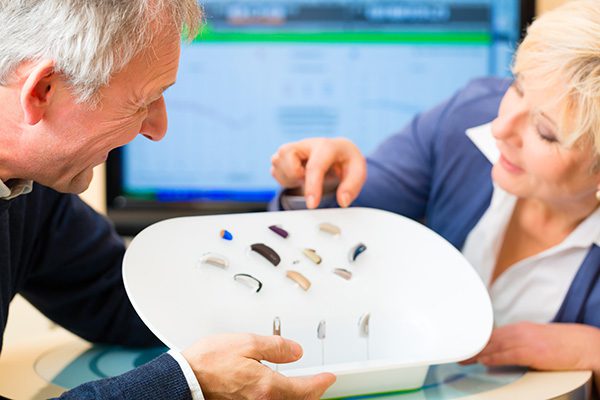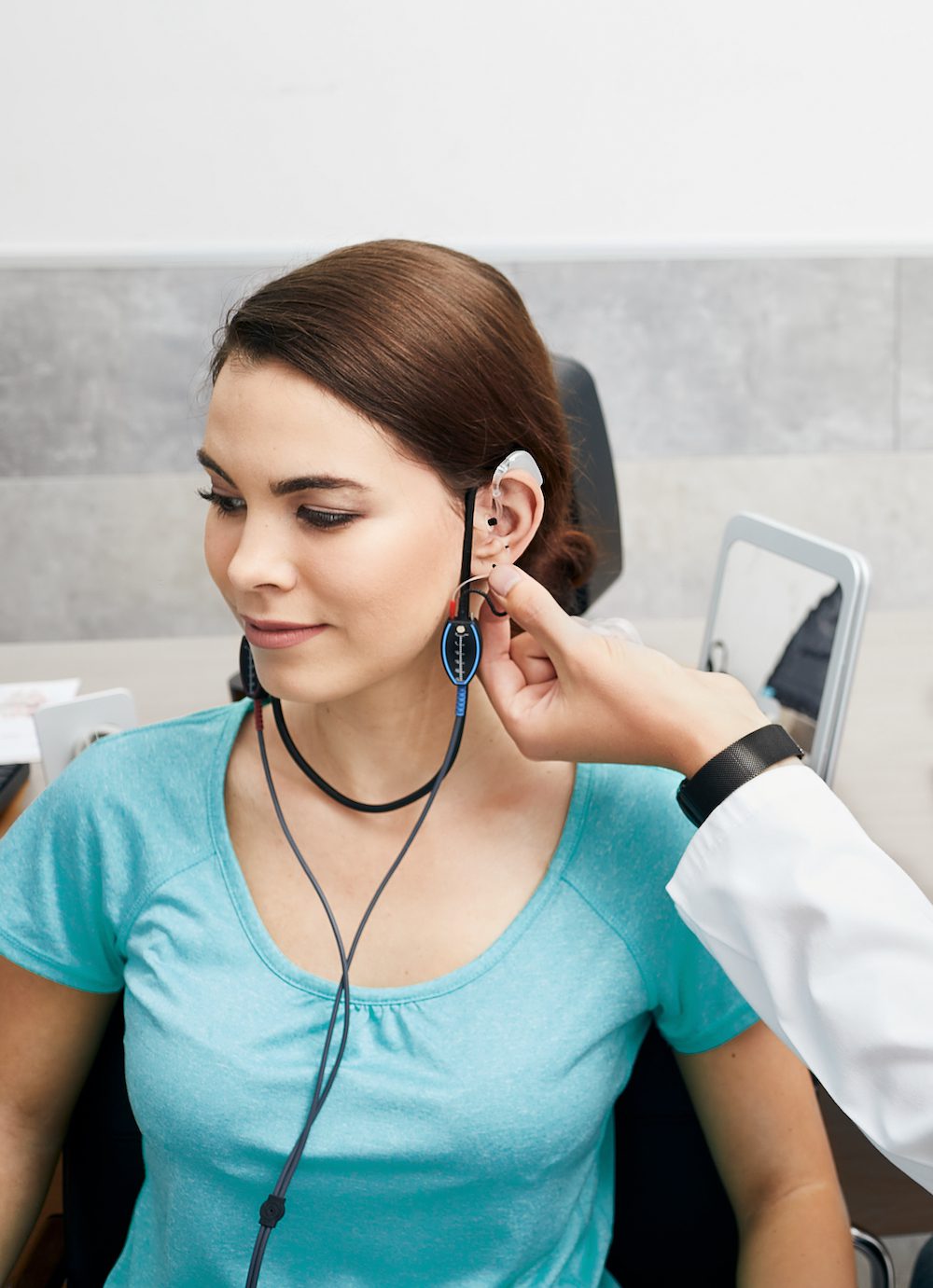How to Choose the Right Hearing Healthcare Professional for Your Needs
If you’ve experienced any form of hearing loss, whether it’s happened
Our Office Will Be Closed December 24th and will reopen January 5th in our new location.


If you’ve experienced any form of hearing loss, whether it’s happened

Prioritizing routine healthcare, including regular check-ups, is crucial

If you are experiencing hearing loss, then it is important that you speak